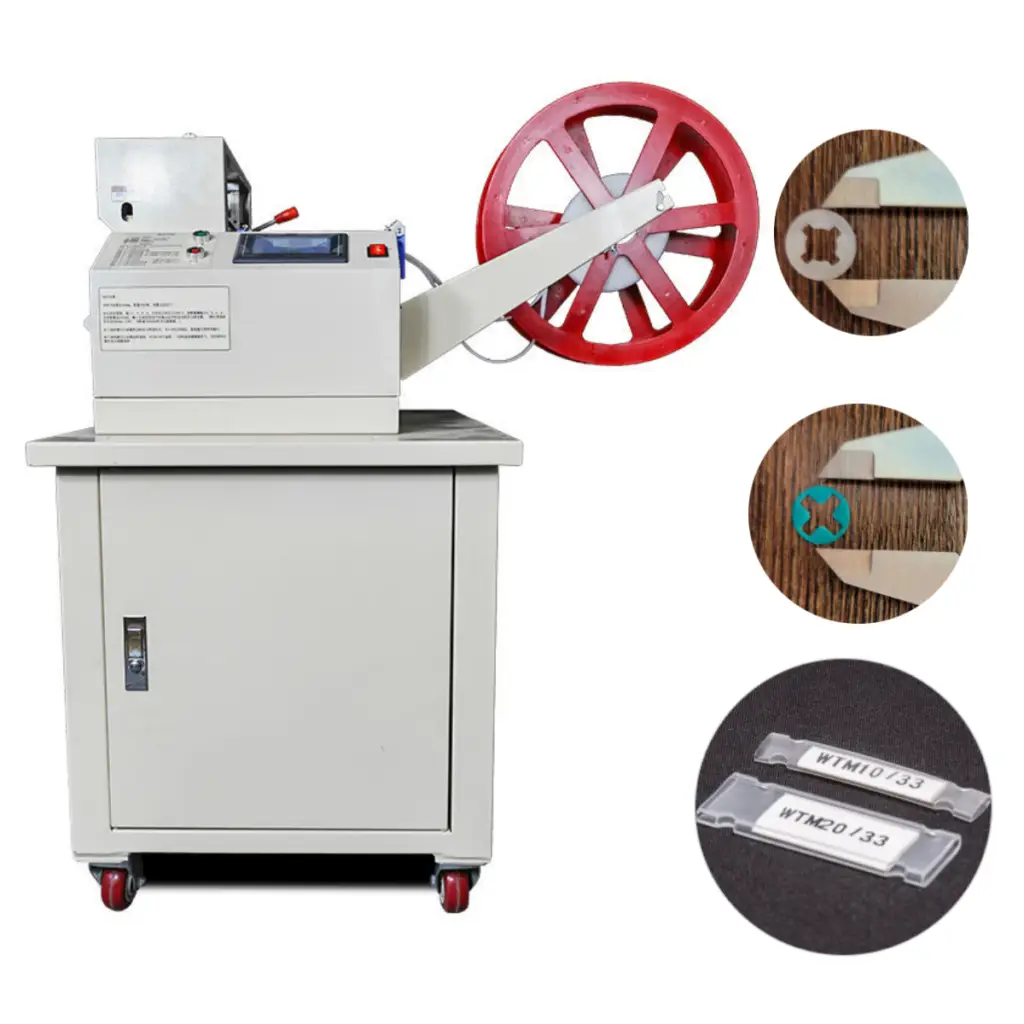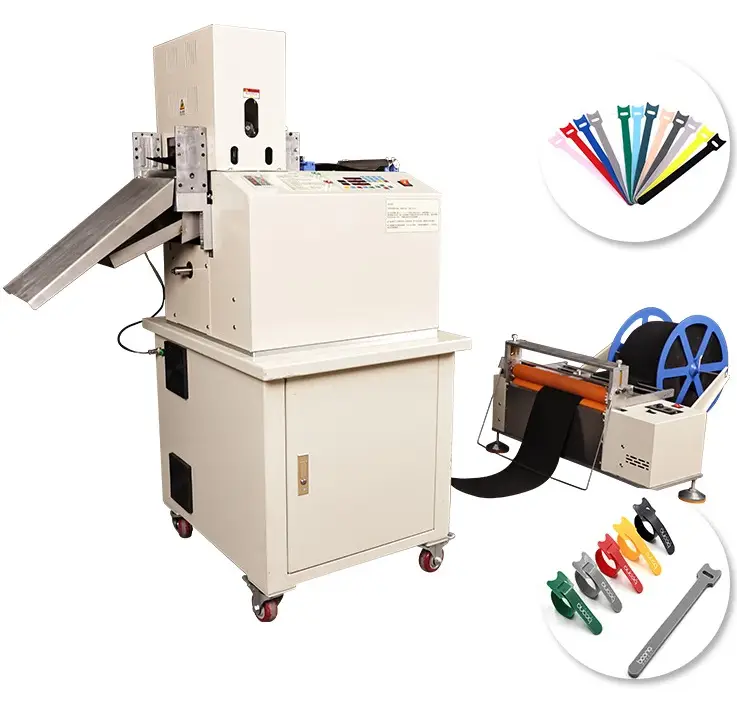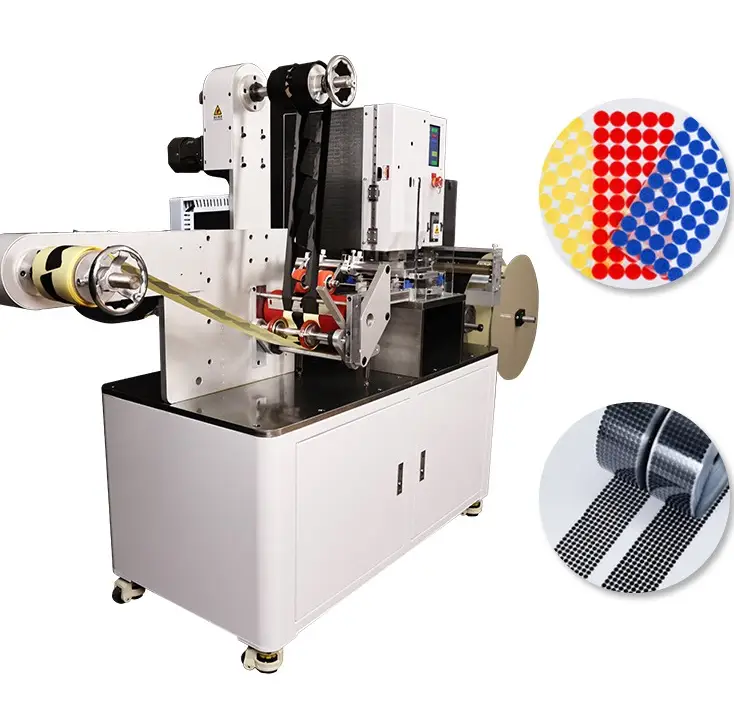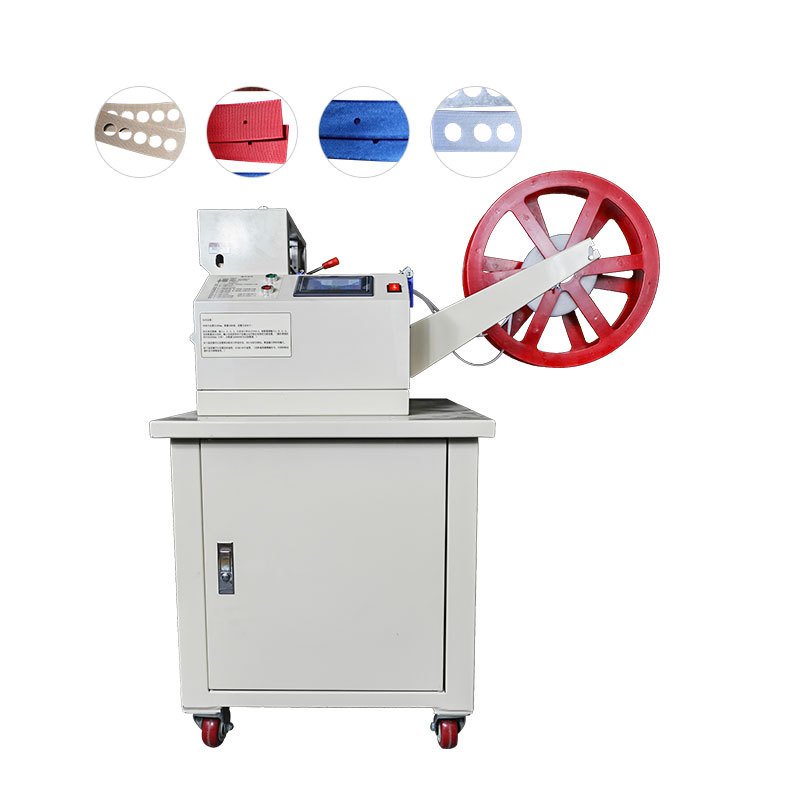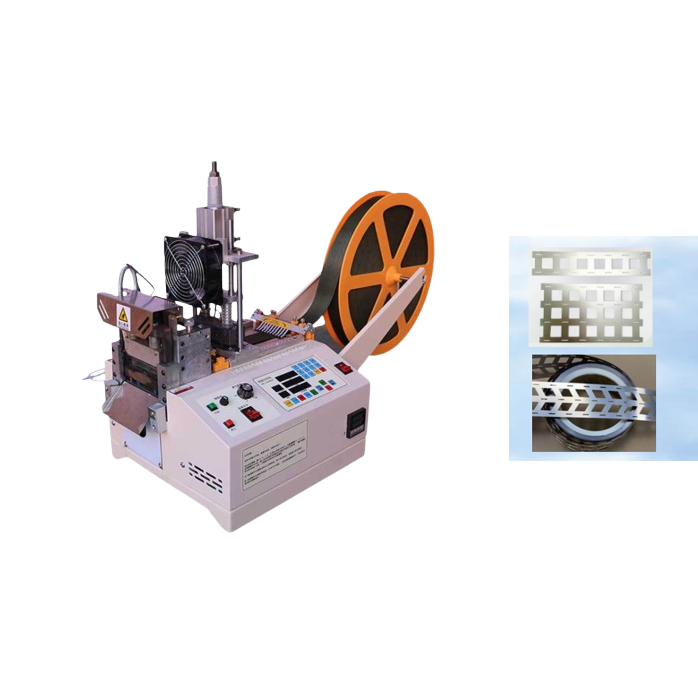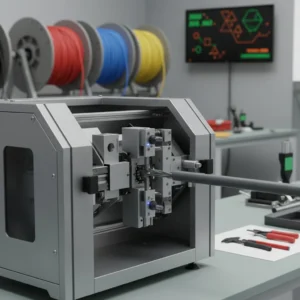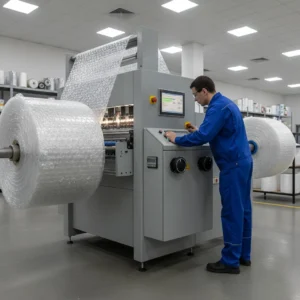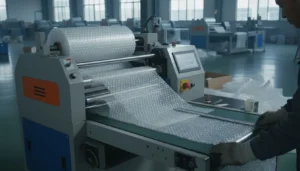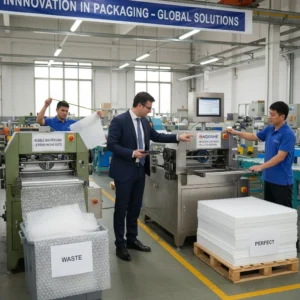What Are the Recommended Tools and Machines to Cut Belt Leather Cleanly?
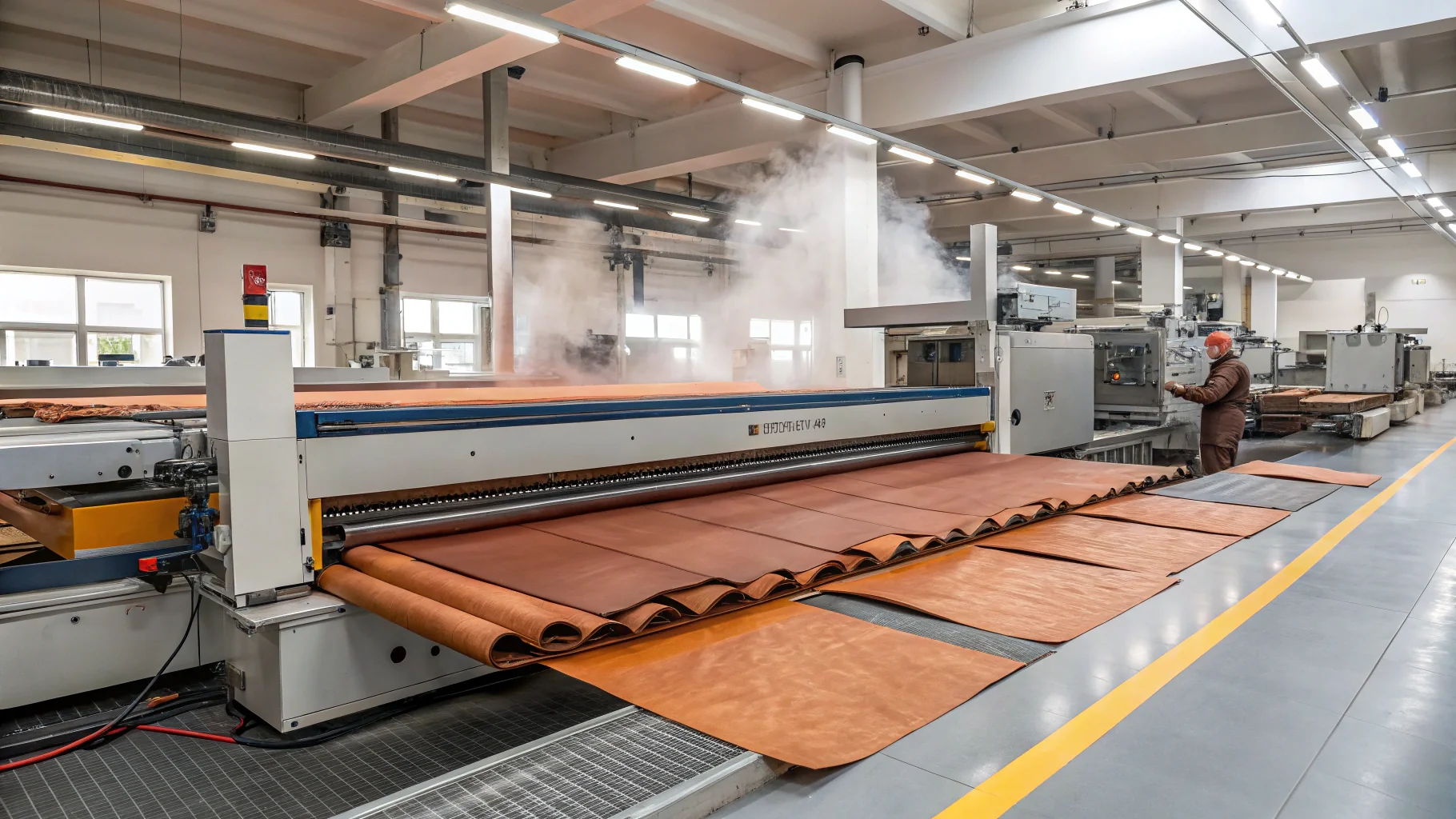
Manual leather cutting often results in uneven edges and material waste – unacceptable for premium belt production.
For clean leather belt cutting, hydraulic press cutters1, rotary blade machines2 with laser guides, and computer-controlled strap cutting systems3 deliver superior results compared to manual methods. These maintain consistent angle and depth for uniform belt straps.
1: Use rotary cutters for smooth, straight edges on belt leather with minimal fraying.
2: Precision knives, such as Xacto or utility knives, ensure detailed, accurate cuts.
3: Heavy-duty scissors are ideal for quick trimming and small adjustments.
4: For high-volume or intricate designs, consider cutting plotters4 or oscillating blade machines for automated accuracy.
5: A leather strap cutter delivers consistent width and professional results for belts.
How Can Industrial Setups Avoid Frayed Edges When Cutting Thick Leather?
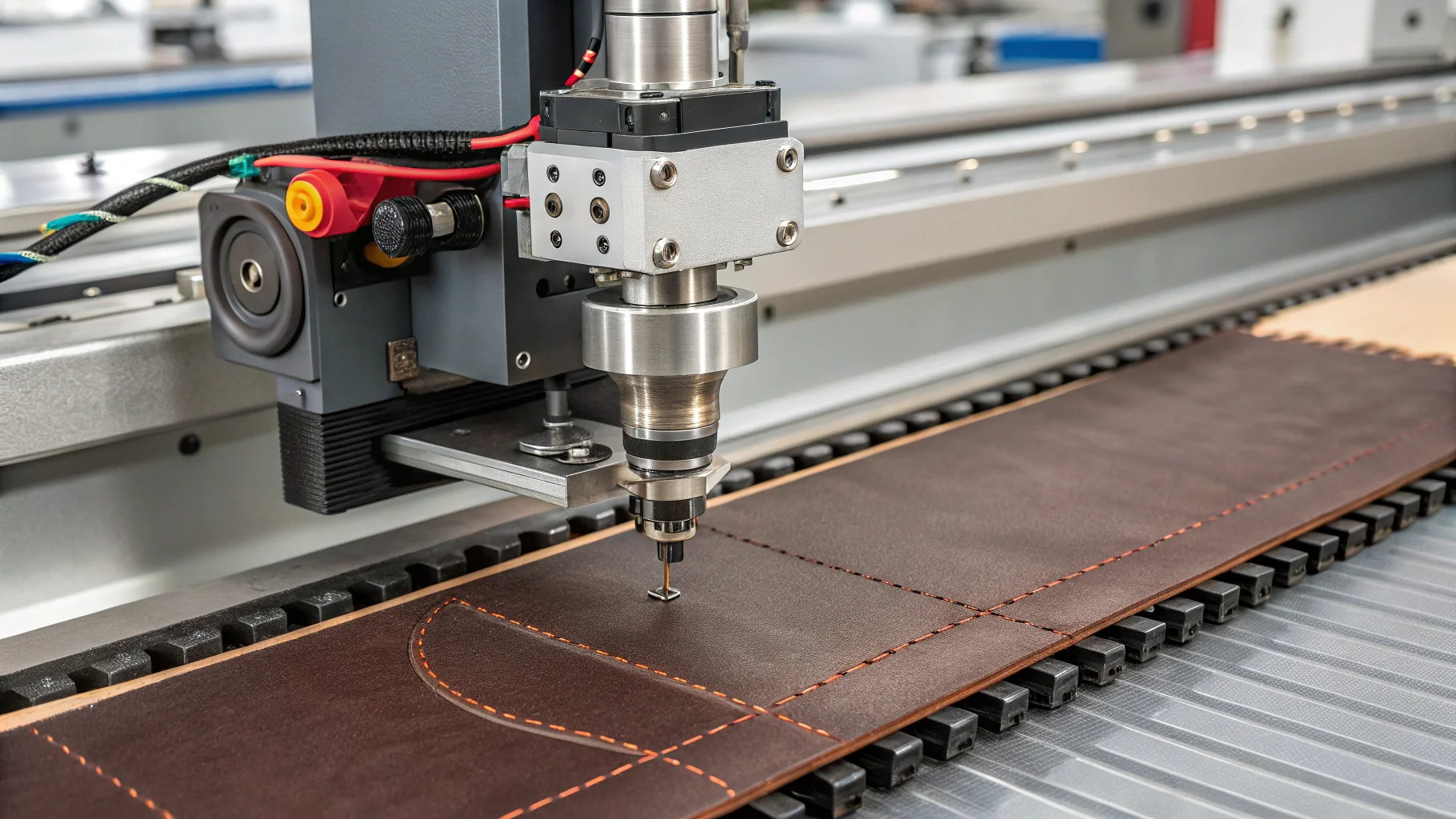
Frayed leather edges waste material and require costly rework – especially problematic with thick hides.
Industrial solutions combine heated blade technology, simultaneous edge sealing, and automated pressure adjustment to prevent fraying completely during cutting.
Recommended Equipment for Different Leather Thicknesses
| Thickness Range | Machine Type | Key Anti-Fray Features | Production Speed |
|---|---|---|---|
| Thin | Rotary Cutter | Vibration damping | High speed |
| Medium | Hydraulic Press | Heated blades | Medium speed |
| Thick | Industrial Beam Cutter | Pneumatic clamping | Lower speed |
Proven Anti-Fray Techniques
Blade Solutions
- Tungsten-coated blades for durability
- Angled cuts reduce fiber tear
- Self-sharpening blade systems
Material Handling
- Vacuum tables prevent shifting
- Pre-cut freezer treatment
- Grain-direction sensors
Post-Cut Treatments
- Edge polishing attachments
- Adhesive application systems
- UV curing for sealed edges
Implementation Example:
A luxury belt manufacturer using automated systems achieved:
- No fraying in thick leather
- Material savings from precise cutting
- Faster production versus manual methods
Conclusion
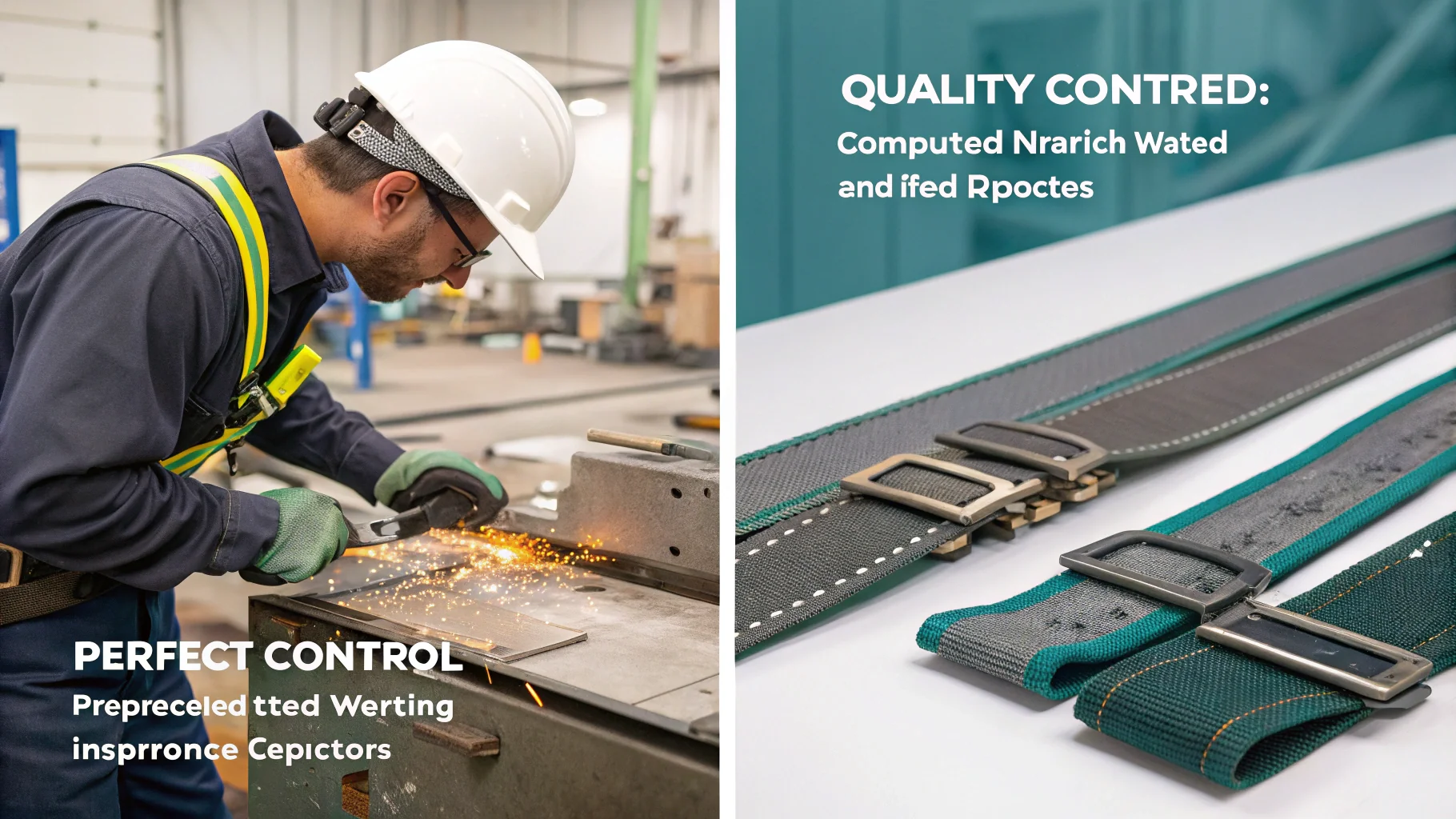
Modern leather cutting machines eliminate fraying through temperature-controlled blades and intelligent material handling – transforming raw hides into premium belt straps in one automated process.
Insights from HAOXINHE
Our experience in leather processing shows anti-fray solutions must adapt to each hide’s characteristics. Precise temperature control delivers clean cuts without compromising the leather’s natural qualities – this is where our machines truly excel.
The recommended tools and machines to cut belt leather cleanly include:
Utility knives and craft knives: Sharp, replaceable blades such as utility box cutters make clean cuts on leather. Ceramic blades are highly durable and cut with less pressure, yielding smoother edges and longer blade life.
Rotary cutters: These have round, sharp blades ideal for long, straight cuts, similar to pizza cutters, and work well on both thin and thick leather. Using a cutting mat enhances precision and blade longevity.
Leather shears/scissors: Heavy-duty scissors with thick, hardened blades designed specifically for leather provide control and clean trimming, especially on curves.
Round knives and head knives: Traditional leather-cutting tools that allow for both straight and curved cuts through thick, stiff leather with good control.
Strap cutters: Tools designed especially to cut leather straps/belts with adjustable thickness.
Burnishing machines (optional): These machines finish edges smooth after cutting, reducing manual hand burnishing required.
Explore how hydraulic press cutters enhance precision and efficiency in leather cutting, ensuring clean edges. ↩
Learn about the advantages of rotary blade machines for achieving smooth, straight cuts in leather. ↩
Discover how automation in strap cutting can lead to consistent results and reduced waste. ↩
Explore the technology behind cutting plotters and their efficiency in intricate leather designs. ↩
